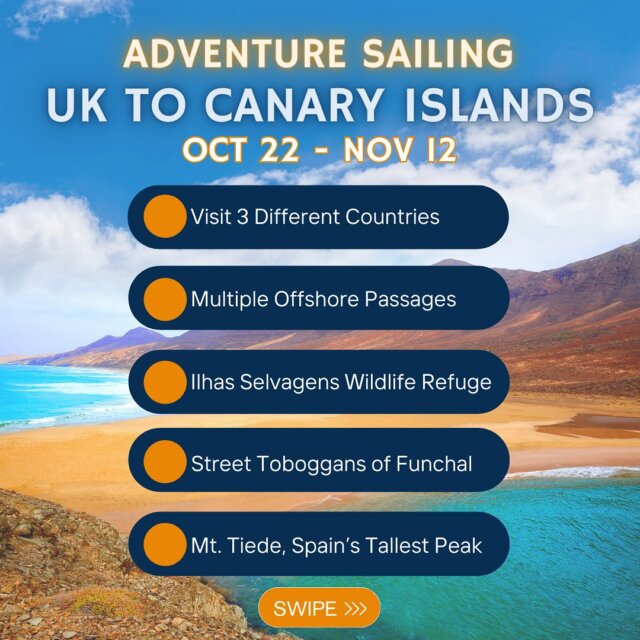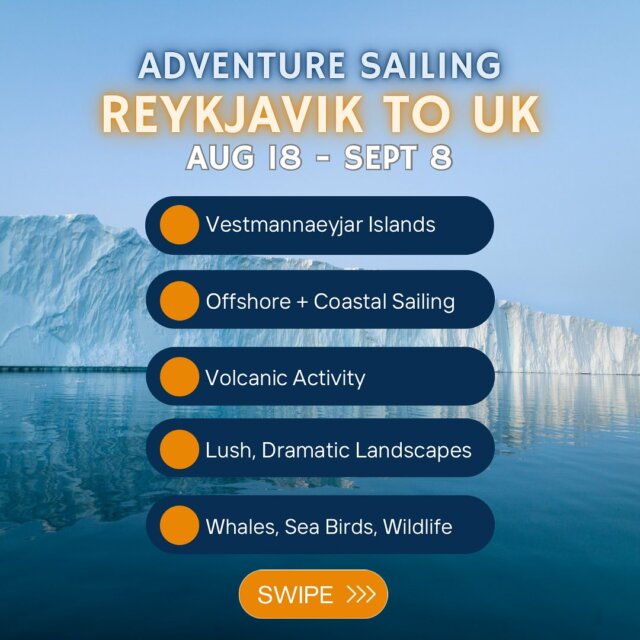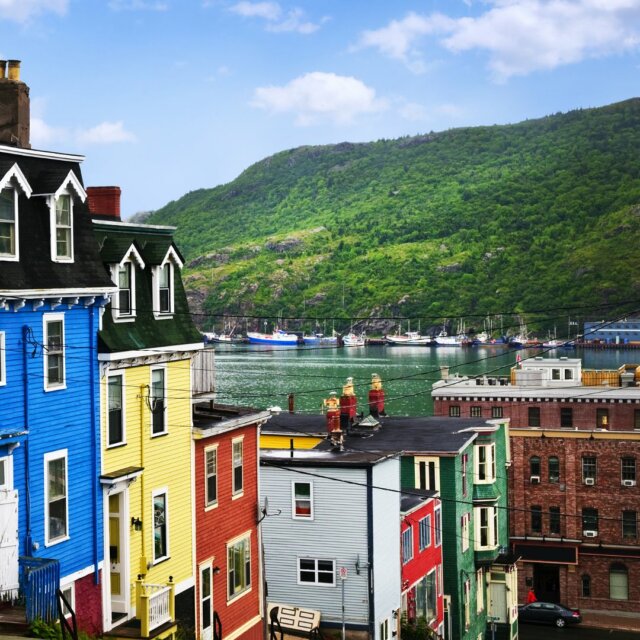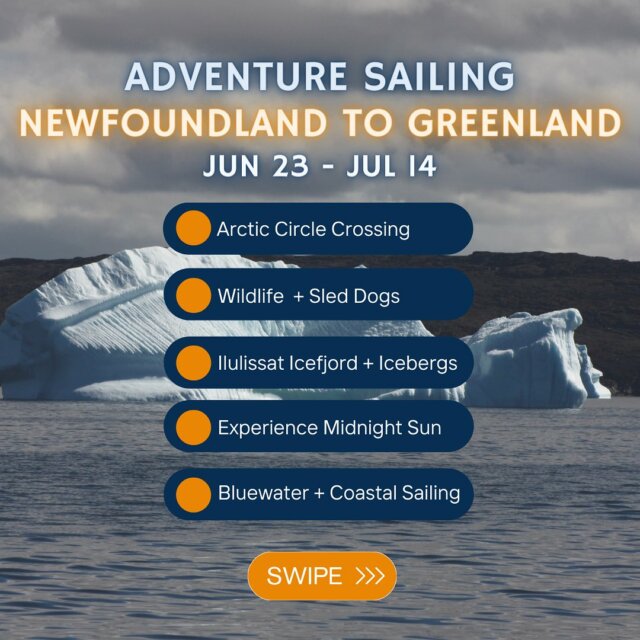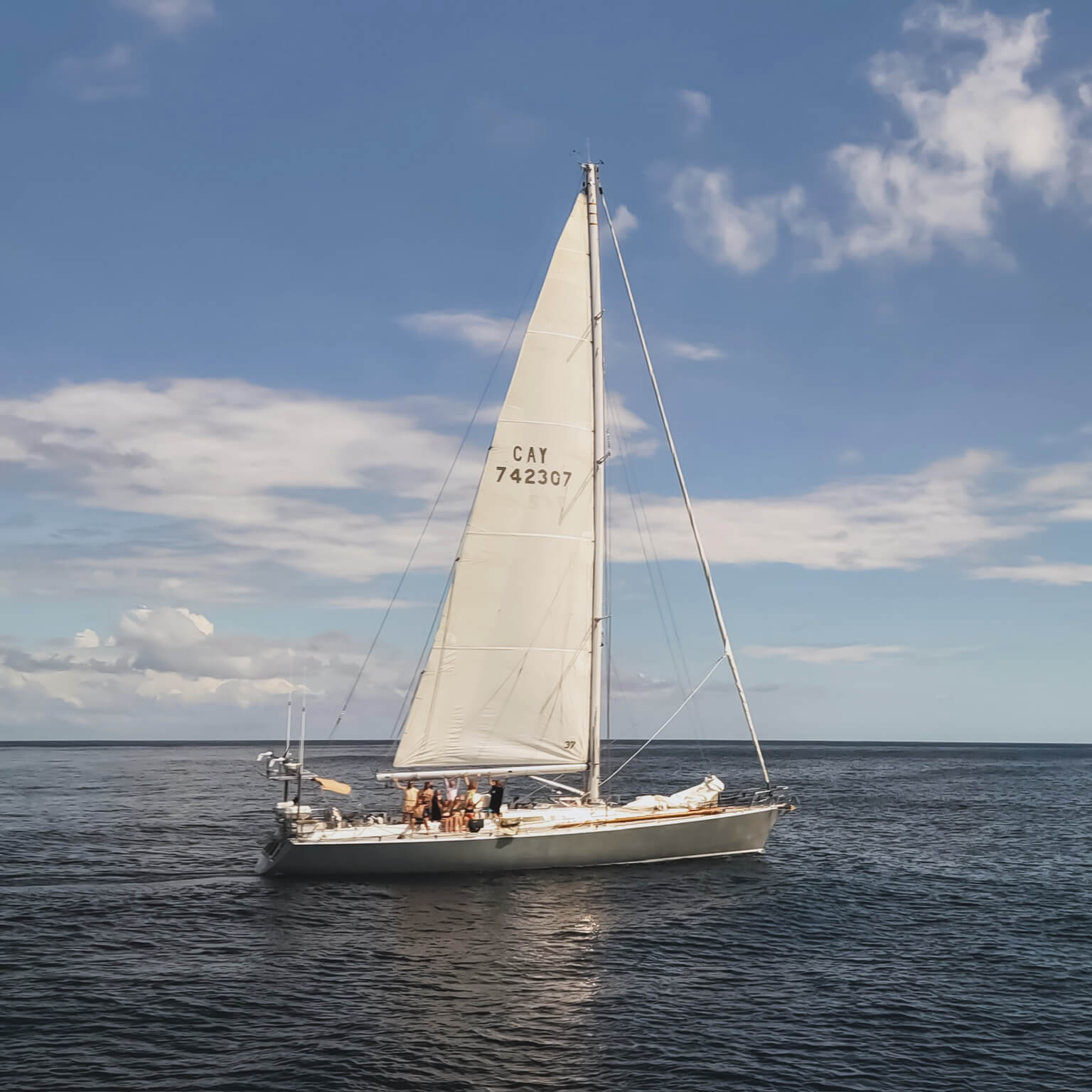Our first report from sea has just come through from crew member Karen:

We left Thursday July 7 at high noon from Honolulu – bright sunny skies and a gentle sea at Lat.23/Long.68N. Skipper Clive knew the seas were up north of the island, so we went the long southern route around, getting used to the boat tasks and each other. There are 13 on board: Skipper Clive, first mate Dale, and science leader Marcus. Crew mates beside me are Kim, Judy, Carolyn, Ming, Jin, Brandon, Ron, Hank, and Tim. A diverse group indeed, from US, Australia, New Zealand, Taiwan, and South Korea. We are in watch groups, on duty in 4 or 6-hour shifts noon-6 pm, 6-10 pm, 10pm-2am, 2am-6am, and 6am to noon. We have two shifts off between watches.
This is my first blog, as writing has been impossible for the past 3 days. 8-10 foot swells and chop, and winds 25-35k have kept the Sea Dragon rolling such thateverything is an enormous chore. It was basic sustenance living for 3 days. No one ate much, almost everyone was seasick, yet we managed to laugh about it, learn our basic crew duties, and watch out for each other. We all now drive the boat from its stern wheel, on a heading of roughly 0 degrees, straight north. We’ve sailed over 500 miles since leaving the dock.
Outfitted in foul weather gear and state of the art life jackets, and having total confidence in the core crew, we feel safe on board despite rough conditions. Today the seas and wind finally started to diminish, so communications will be better.
What an amazing place to be for these 3 weeks: already we have had great discussions about the science, policies, and public health consequences of marine debris. We are all doing what we set out to do: to learn as much as possible from each other, and to work directly towards a better understanding of this global problem. We will be collecting debris and water samples once we reach the accumulation zone in the next several days.
Today, Marcus launched the high speed trawl, which will collect surface plastic and whatever else for several hours at a time, between deployments of the larger manta trawl. We are collecting samples and data for several marine scientists studying a range of issues from POPs adsorption to how plastics attract and carry marine life.
Excitement this afternoon as the high speed trawl picked up a large net ball (it broke away as we pulled in the trawl), and at the same time Dale and our fishing line caught a 3’ mahimahi which we will have for dinner. We think the fish might have been following the net ball, which probably had quite a lot of smaller fish in and around it. Marine scientist and crewmate Hank Carson inspected the stomach and found what might be clear plastic bits – they will be analyzed later.
So far, then, quite an adventure in difficult living conditions, but amazing stars and galaxies in the night sky, dolphins and flying fish and what a thrill driving this 72’ steel stallion across the Pacific waters. We’re now at lat29N/long157W, holding a straight northern course.
Later…..!
Karen
